De-dollarization has been a widely discussed topic in recent years and it has indeed entered a “new phase” that is higher and more rigorous. Moreover, BRICS is not only trying to de-dollarize, but is also consolidating the process of de-Westernization.
 |
| French scholar: The goal of BRICS is not only de-dollarization, but de-Westernization. (Source: kaohooninternational) |
Last week was perhaps the most discussed time in the world for the issue of de-dollarization, in the context of the 16th BRICS Summit in Kazan, Russia from October 22-24. International media commented that it was not only the USD that was under pressure in the context of this economic bloc becoming increasingly stronger – but the entire Western-dominated economic order.
"At the end of the festival of the world's leading emerging economies, the BRICS leaders made important decisions," said Jacques Sapir, a famous French economist and one of the leading Western experts on the Russian economy.
"It should be noted that BRICS (Brazil, Russia, India, China, South Africa), together with four new member countries (Egypt, Ethiopia, Iran, United Arab Emirates (UAE), now account for more than 33% of global GDP compared to 29% of the G7," said expert Jacques Sapir.
Multiply your impact
Among the various developments that emerged since the Summit, the French economist highlighted three important and prominent decisions of BRICS, including: institutionalizing the BRICS Partner Countries List; Establishing the BRICS-Clear system to facilitate exchanges between members and partner countries; and establishing the BRICS (Re)Insurance Company”.
“The consequences of these decisions are expected to be significant, not only for the BRICS and their associated countries but also for the Western world. It shows that the movement towards global ‘de-Westernization’ is accelerating,” said economist Jacques Sapir.
More specifically, according to Mr. Sapir, one of the most symbolic decisions made at the BRICS Kazan Summit was the institutionalization of the BRICS Partner Countries List. This creates a large BRICS Area around the core members.
For example, the presence of Indonesia, Malaysia, Thailand… in this Partner List implies that BRICS, which already dominates in Asia due to its “giant” influential members such as China and India, can completely become the hegemon in this region.
SWIFT Alternative "Tool"
The second major decision of the 16th BRICS Summit was the establishment of BRICS Clear, a payment and clearing system for both intra-BRICS trade and trade between BRICS and partner countries. The payment issue is important because trade will be multilateral among 22 countries: 9 BRICS members and 13 partner countries.
One of the main goals of BRICS Clear is to create an alternative to the SWIFT system. In the BRICS Clear system, the use of national currencies as a means of settling international transactions will be prioritized.
Specifically, expert Jacques Sapir said that in the BRICS Clear system, transaction payments will be processed through a "stable currency" managed by the New Development Bank.
The system is inspired by the European Payments Union (1950-1957). At that time, transactions and final settlements were made in US dollars. Now, in BRICS Clear, a “stable currency” will serve as the unit of account, but final settlements will take place in local currencies.
The French researcher analyzed specifically that with the intensity of transactions carried out using BRICS Clear expected to increase in the coming period - international transactions will require insurance services (for both contracts and transportation - and of course, these insurance services are related to reinsurance activities. “Therefore, with the creation of the BRICS (Re)Insurance Company, the group is trying to build its independence from Western insurance companies”.
“The establishment of the BRICS Insurance Company is the third important decision from the Kazan Summit – it will facilitate intra-bloc trade, as well as trade with ‘partner’ countries and generally with any country that wants to trade with the BRICS Region,” explained Jacques Sapir.
More than just dollarization
“Two of the three decisions at the recent BRICS Summit, BRICS Clear and the BRICS Insurance Company, will certainly have a significant impact on the global trade structure and the international use of the US dollar and the euro,” Mr. Sapir warned.
According to him, there will be two consequences for the global trade structure. First, it concerns the diversion of trade flows due to the preferential conditions for intra-BRICS trade and between BRICS partners. Thus, the loss of export volumes of Western countries will amount to 5-7%. This may not seem significant, but the proportion can vary greatly from country to country and destabilize that economy.
Second, and more immediate, the creation of the BRICS Insurance Company will certainly have a significant impact on the business of Western insurance and reinsurance companies specializing in commercial insurance.
“The monetary consequences of a massive and rapid de-dollarization would also be significant.” Although the term “de-dollarization” is not explicitly supported by the two BRICS countries (India and Brazil), they still accept and support the BRICS Clear system.
In fact, intra-BRICS trade and trade with partner countries account for 35-40% of global trade. Although some transactions are conducted in national currencies, it seems very unlikely that this share of intra-BRICS trade and trade with partner countries will exceed 20%.
This means that 28-32% of global trade, currently conducted in US dollars and euros, could gradually move away from these two currencies under the BRICS Clear framework. "It is likely that the de-dollarization rate through BRICS Clear in the next 5 years will be in the range of 70-80%, equivalent to 19.5-25.5% of global trade. The share of the greenback in international transactions will decrease accordingly and in the reserves of central banks," the French expert predicted.
“If the estimated share of currencies in central bank reserves roughly reflects the use of these currencies in trade, the share of the US dollar could fall from 58% of total reserves to around 35-40%. The euro’s share would be less affected because the euro is currently mainly used in intra-EU trade and with direct partners, with the exception of Türkiye, whose trade impact with the BRICS region is low,” warned Jacques Sapir.
However, the impact will not be limited to a sharp decline in the US dollar and a rise in other currencies. The amount of US dollars held by central banks in the form of US Treasury bonds will also be affected.
Since central banks hold dollars in the form of U.S. Treasury bonds, a drop in reserves could trigger a sell-off in Treasurys. That could trigger a collapse in the government bond market, making it difficult for the world’s largest economy to refinance its loans.
“Therefore, the implementation of the BRICS Clear system by BRICS will have a major impact on the global monetary system, especially the ‘Western’ part of this system,” French economist Jacques Sapir concluded.
Source: https://baoquocte.vn/hoc-gia-phap-muc-tieu-cua-brics-khong-chi-la-phi-usd-hoa-ma-la-phi-phuong-tay-hoa-292195.html






![[Photo] Prime Minister Pham Minh Chinh chairs conference on anti-smuggling, trade fraud, and counterfeit goods](https://vphoto.vietnam.vn/thumb/1200x675/vietnam/resource/IMAGE/2025/5/14/6cd67667e99e4248b7d4f587fd21e37c)

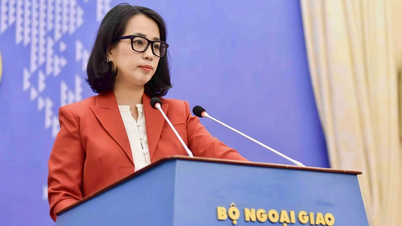













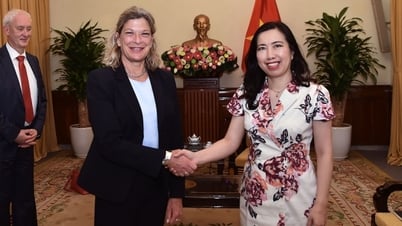

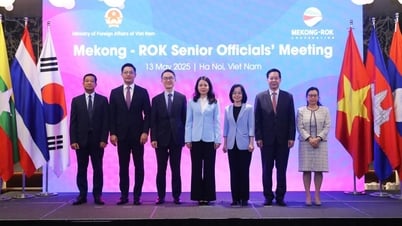







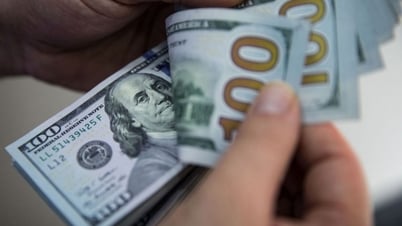
































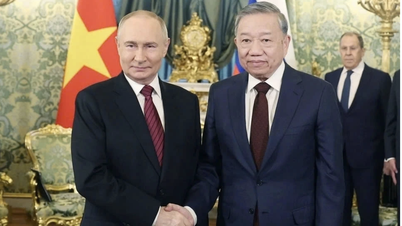


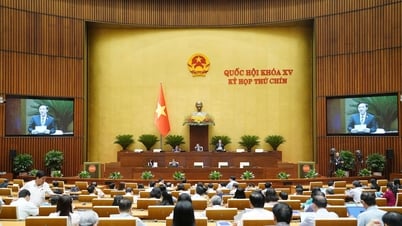




























Comment (0)